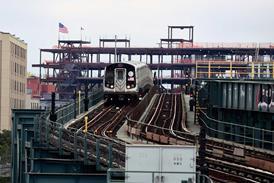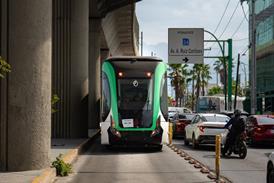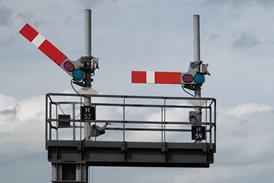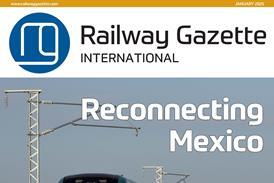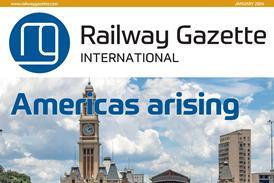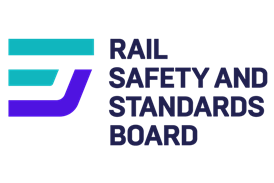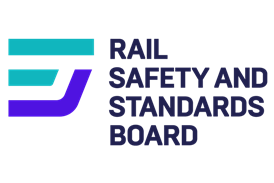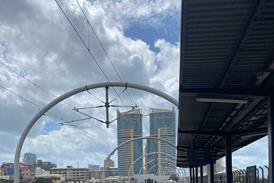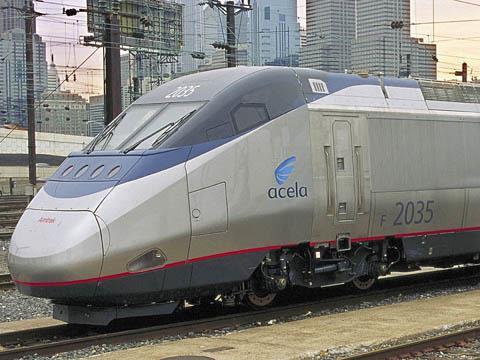
USA: Vice-President Joseph Biden and Transportation Secretary Ray LaHood unveiled an ambitious $53bn six-year high speed and inter-city passenger rail programme on February 8.
Biden said that clarifying the role of federal funding would provide states and cities with the certainty needed to make long-term plans, however the proposal was criticised by the Chairman of the House Transportation Committee
As the first step, the President's budget for the coming fiscal year will allocate $8bn for faster passenger rail services, focusing on three types of corrido
- Core Express: electrified trains running at 200 to 400 km/h 'or higher'.
- Regional: 145 to 200 km/h.
- Emerging: up to 145 km/h to provide access to the wider inter-city network.
The 'core' would be developed through public-private partnerships involving DOT, states, the freight railways and other private-sector companies. Applications for federal funds will be simplified, with all high speed and inter-city rail programmes merged into two new accounts, covering network development including new infrastructure, and system preservation including renewal and maintenance. Each would initially be funded with $4bn of federal money.
However, the chances of the plan becoming law are open to question. Republicans determined to cut spending are now in charge of the House of Representatives, and although some endorse high-speed rail, they want it managed by the private sector.
Chairman of the House Transportation Committee John L Mica criticised the $10·5bn first round of grants awarded last year, claiming 'what the Administration touted as high-speed rail ended up as embarrassing snail-speed trains to nowhere'. Mica said that 'rather than focusing on the Northeast Corridor, the most congested corridor in the nation and the only corridor owned by the federal government, the Administration continues to squander limited taxpayer dollars on marginal projects.'

